The New year festival or Ugadi comes close on the heels of Holi. While the strong colors of Holi start fading away, the freshness of spring lingers on with sprightliness all around. The flame of the forest (trees with bright red flowers that blossom during Holi) are in full bloom signifying an affluent season. It is believed that the creator of the Hindu pantheon Lord Brahma started creation on this day – Chaitra suddha padhyami or the Ugadi day. Also the great Indian Mathematician Bhaskaracharya‘s calculations proclaimed the Ugadi day from the sunrise on as the beginning of the new year, new month and new day. The onset of spring also marks a beginning of new life with plants (barren until now) acquiring new life, shoots and leaves. Spring is considered the first season of the year hence also heralding a new year and a new beginning. The vibrancy of life and verdant fields, meadows full of colorful blossoms signifies growth, prosperity and well-beings.
With the coming of Ugadi, the naturally perfumed jasmines (mallepulu) spread a sweet fragrance which is perhaps unmatched by any other in nature’s own creation! While large garlands of jasmine are offered to Gods in homes and temples, jasmine flowers woven in clusters adorn the braids of women.
Predictions of the Year:
Ugadi marks the beginning of a new Hindu lunar calendar with a change in the moon’s orbit. It is a day when mantras are chanted and predictions made for the new year. Traditionally, the panchangasravanam or listening to the yearly calendar was done at the temples or at the Town square but with the onset of modern technology, one can get to hear the priest-scholar on television sets right in one’s living room.
It is a season for raw mangoes spreading its aroma in the air and the fully blossomed neem tree that makes the air healthy. Also, jaggery made with fresh crop of sugarcane adds a renewed flavor to the typical dishes associated with Ugadi. “Ugadi pachchadi” is one such dish that has become synonymous with Ugadi. It is made of new jaggery, raw mango pieces and neem flowers and new tamarind which truly reflect life – a combination of sweet, sour and bitter tastes!
Preparing for the Ugadi Festival:
Preparations for the festival begin a week ahead. Houses are given a thorough wash. Shopping for new clothes and buying other items that go with the requirements of the festival are done with a lot of excitement.
Ugadi is celebrated with festive fervor in Maharashtra, Karnataka and Andhra Pradesh. While it is called Ugadi in Andhra Pradesh and Karnataka, in Maharashtra it is known as “Gudipadava“. On Ugadi day, people wake up before the break of dawn and take a head bath after which they decorate the entrance of their houses with fresh mango leaves. The significance of tying mango leaves relates to a legend. It is said that Kartik (or Subramanya or Kumara Swamy) and Ganesha, the two sons of Lord Shiva and Parvati were very fond of mangoes. As the legend goes Kartik exhorted people to tie green mango leaves to the doorway signifying a good crop and general well-being.
It is noteworthy that we use mango leaves and coconuts (as in a Kalasam, to initiate any pooja) only on auspicious occasions to propitiate gods. People also splash fresh cow dung water on the ground in front of their house and draw colorful floral designs. This is a common sight in every household. People perform the ritualistic worship to God invoking his blessings before they start off with the new year. They pray for their health, wealth and prosperity and success in business too. Ugadi is also the most auspicious time to start new ventures.
The celebration of Ugadi is marked by religious zeal and social merriment. Special dishes are prepared for the occasion. In Andhra Pradesh, eatables such as “pulihora”, “bobbatlu” and preparations made with raw mango go well with the occasion. In Karnataka too, similar preparations are made but called “puliogure” and “holige”. The Maharashtrians make “puran poli” or sweet rotis.
Ugadi – Season For Pickles:
With the raw mango available in abundance only during the two months (of April / May), people in Andhra Pradesh / Telangana make good use of mangoes to last them until the next season. They pickle the mangoes with salt, powdered mustard and powdered dry red chilli and a lot of oil to float over the mangoes. This preparation is called “avakai” and lasts for a whole year.
Mangoes and summer season go hand in hand. Ugadi thus marks the beginning of the hot season which coincides with the school vacations. For the young ones, therefore, Ugadi is characterized by new clothes, sumptuous food and reveling. The air is filled with joy, enthusiasm and gaiety. Some people participate in social community gatherings and enjoy a tranquil evening with devotional songs (bhajans).
Kavi Sammelanam:
Kavi Sammelanam (poetry recitation) is a typical Telugu Ugadi feature. Ugadi is also a time when people look forward to a literary feast in the form of Kavi Sammelanam. Many poets come up with new poems written on subjects ranging – from Ugadi – to politics to modern trends and lifestyles.
Ugadi Kavi Sammelanam is also a launch pad for new and budding poets. It is generally carried live on All India Radio’s Hyderabad “A” station and the Doordarshan, (TV) Hyderabad following “panchanga sravanam” (New year calendar) narrating the way the new year would shape up in the lives of people and the State in general. Kavis (poets) of many hues – political, comic, satirical reformist, literary and melancholic – make an appearance on the Ugadi stage. Ugadi is thus a festival of many shades. It ushers in the new year, brings a rich bounce of flora and fills the hearts of people with joy and contentment.
 Kids Portal For Parents India Kids Network
Kids Portal For Parents India Kids Network
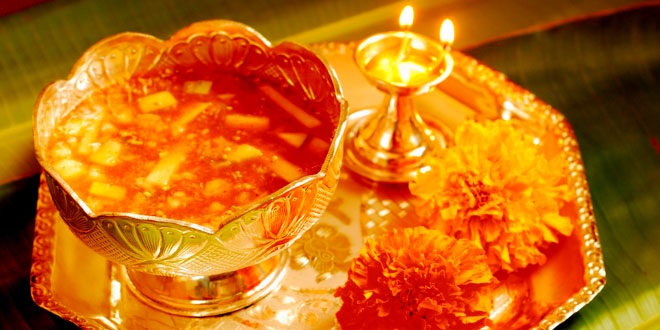


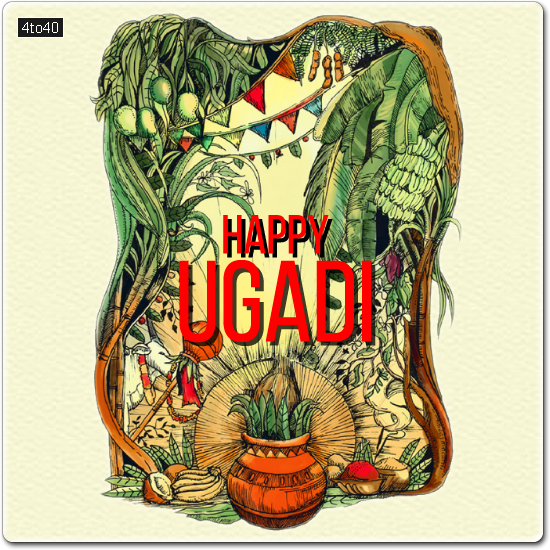
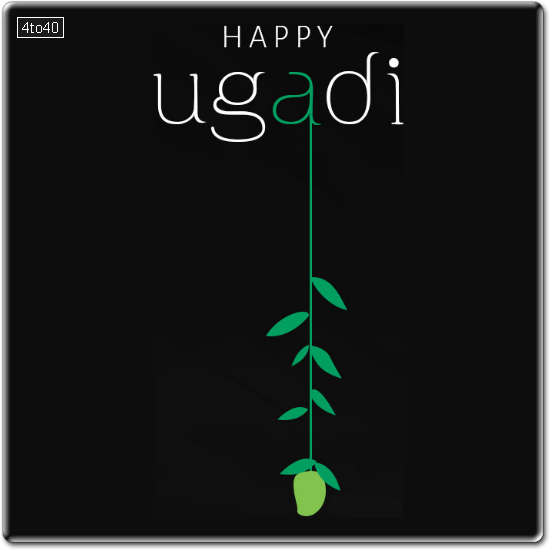
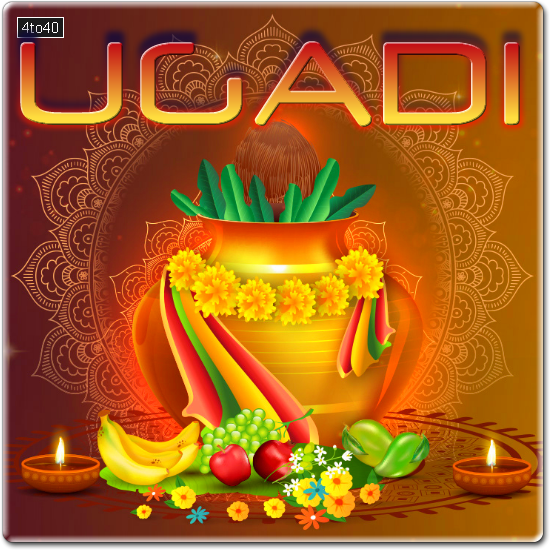



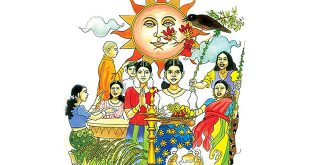



One comment
Pingback: Gudi Padwa Hindu Festival Information - Kids Portal For Parents